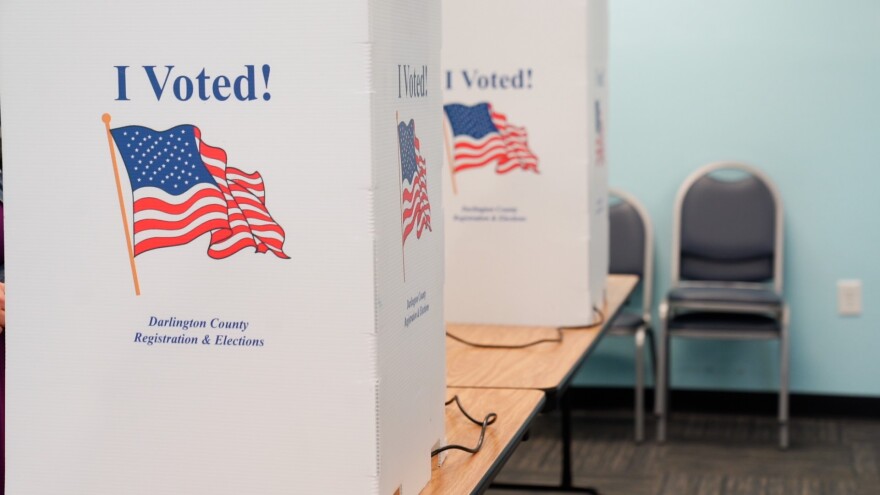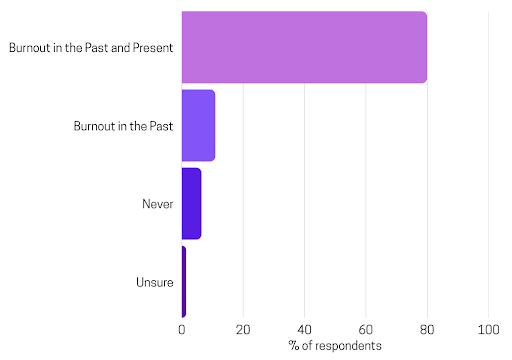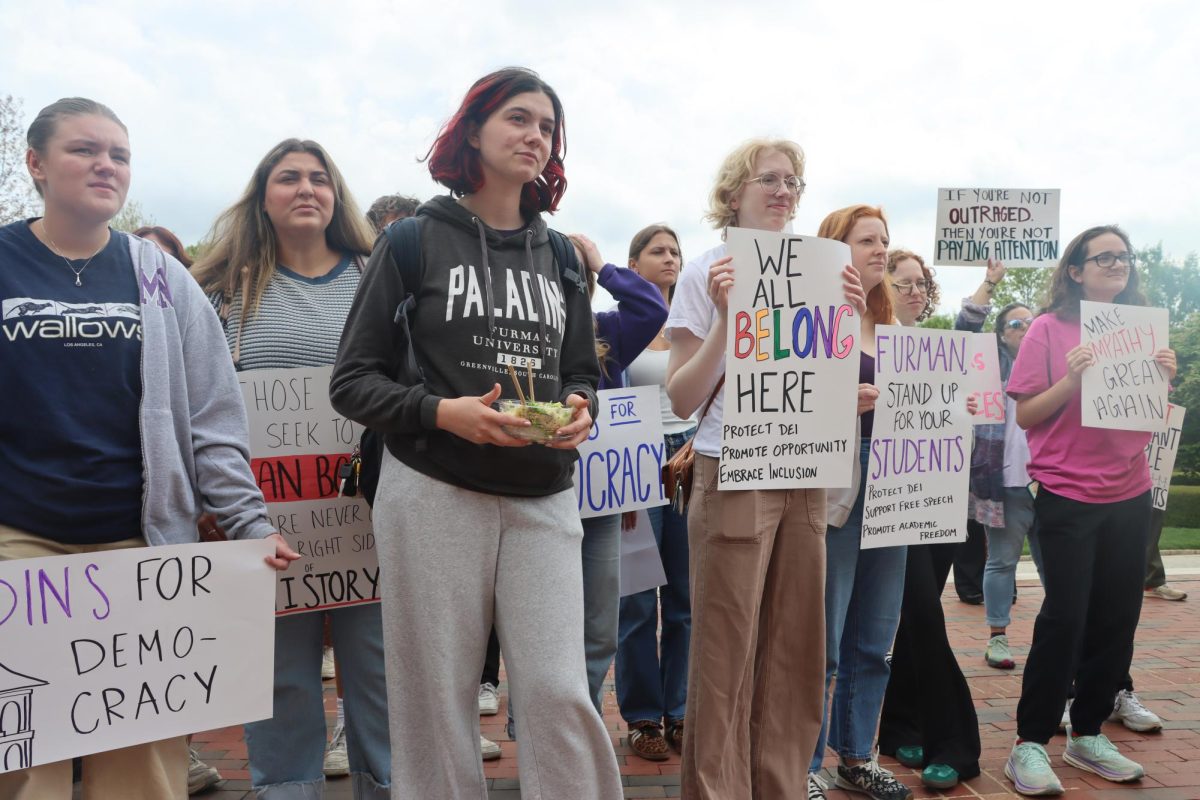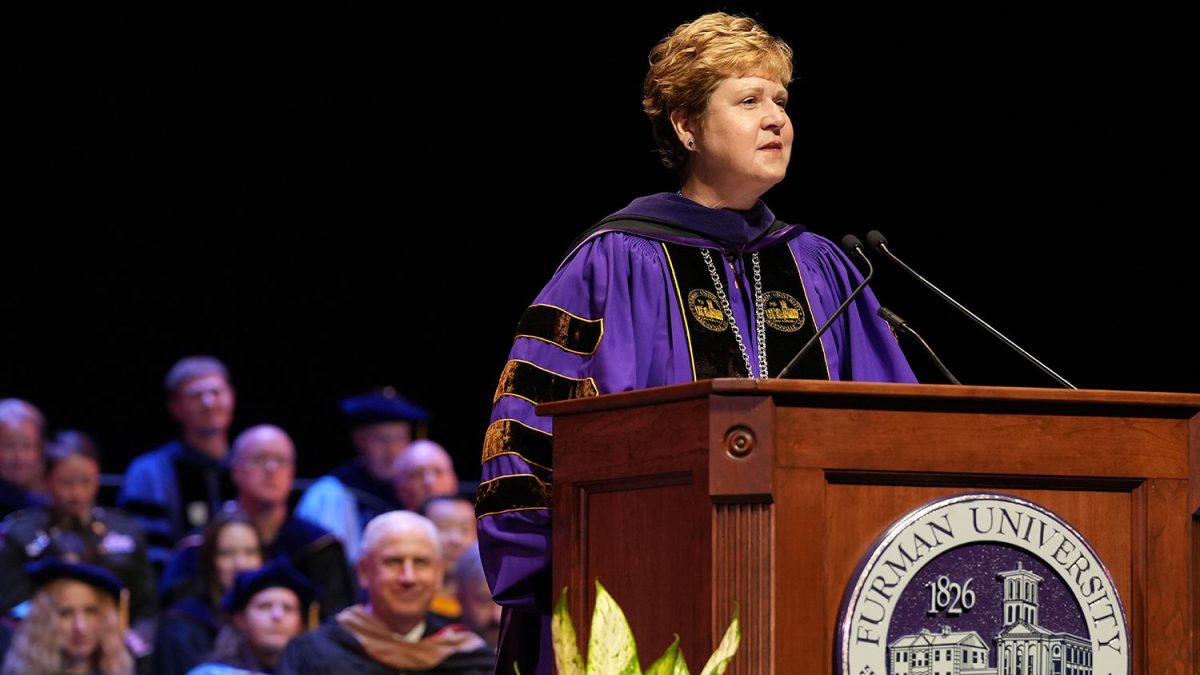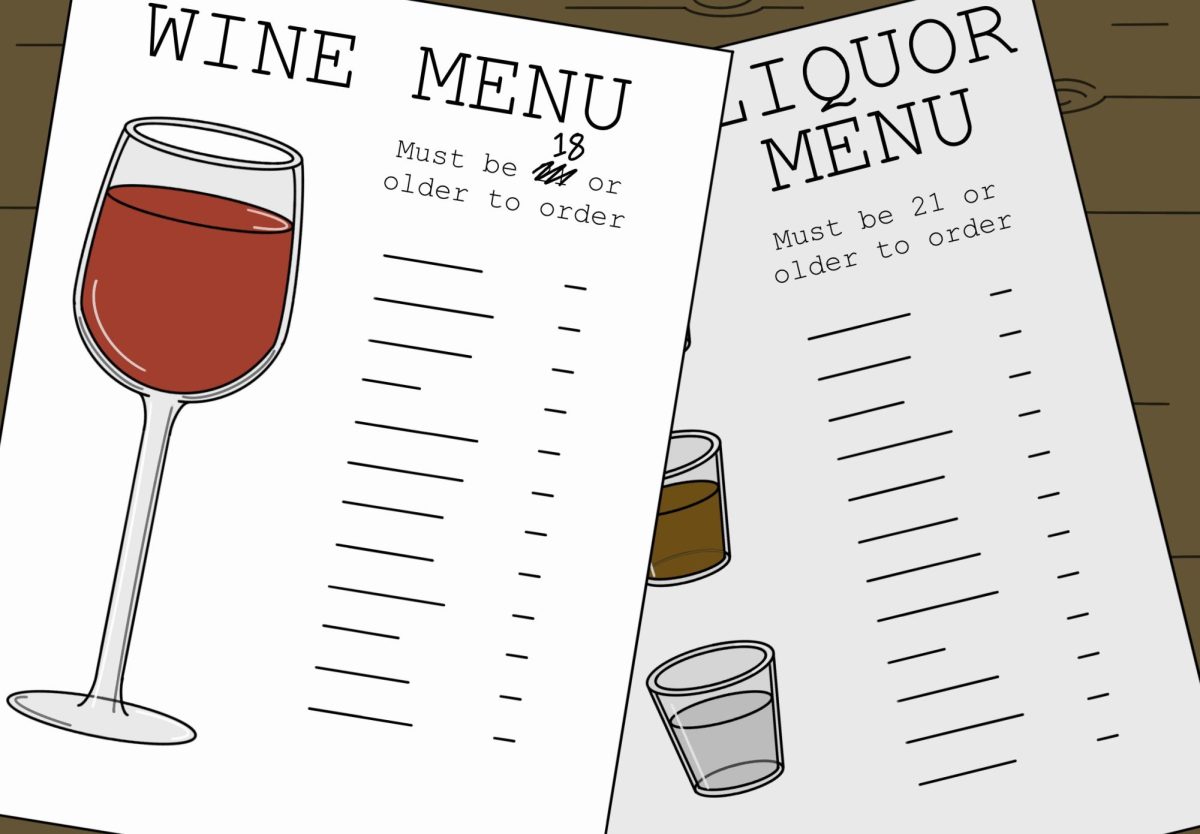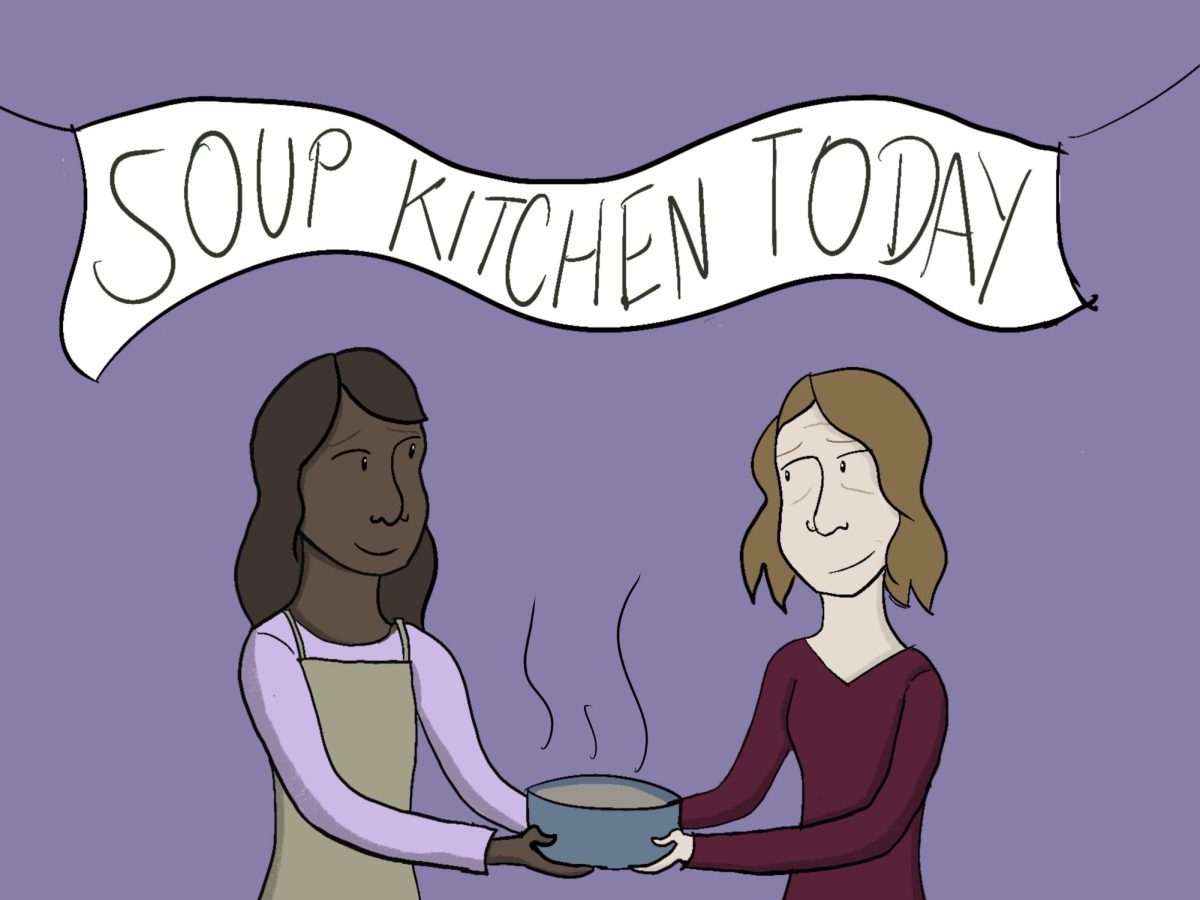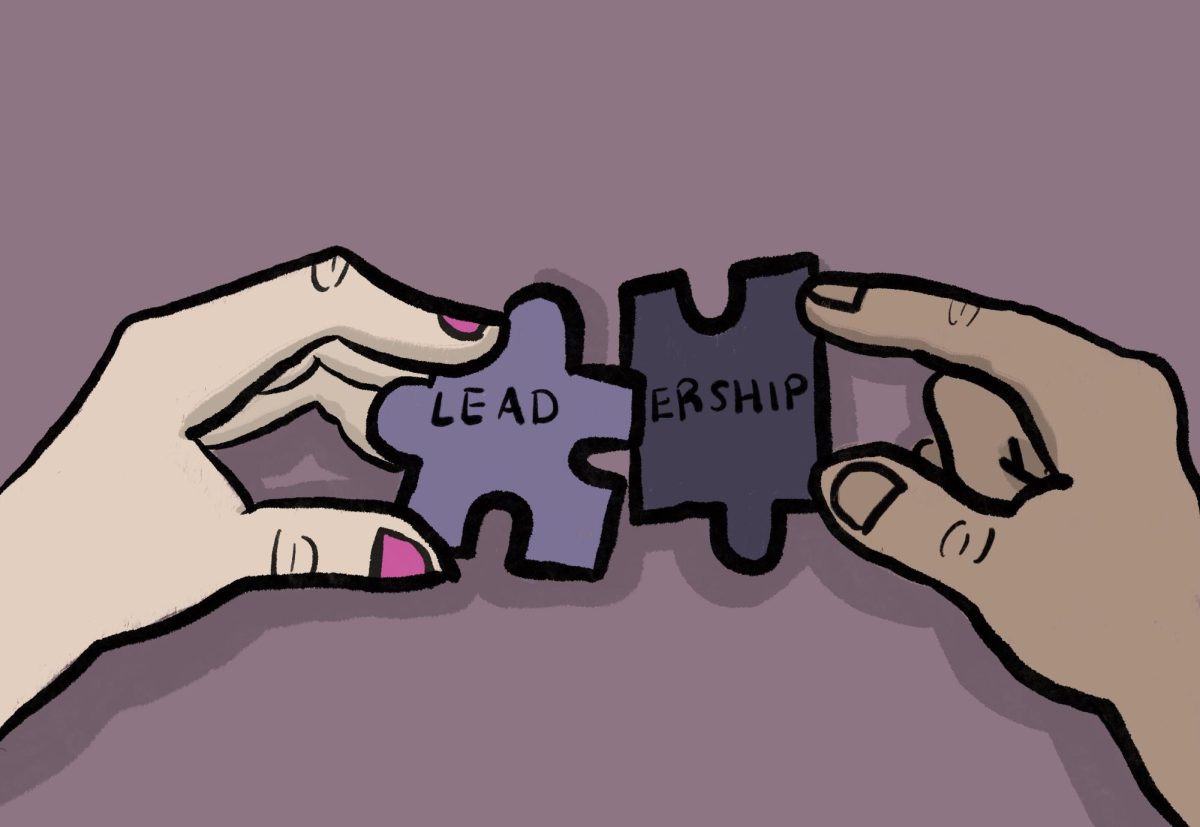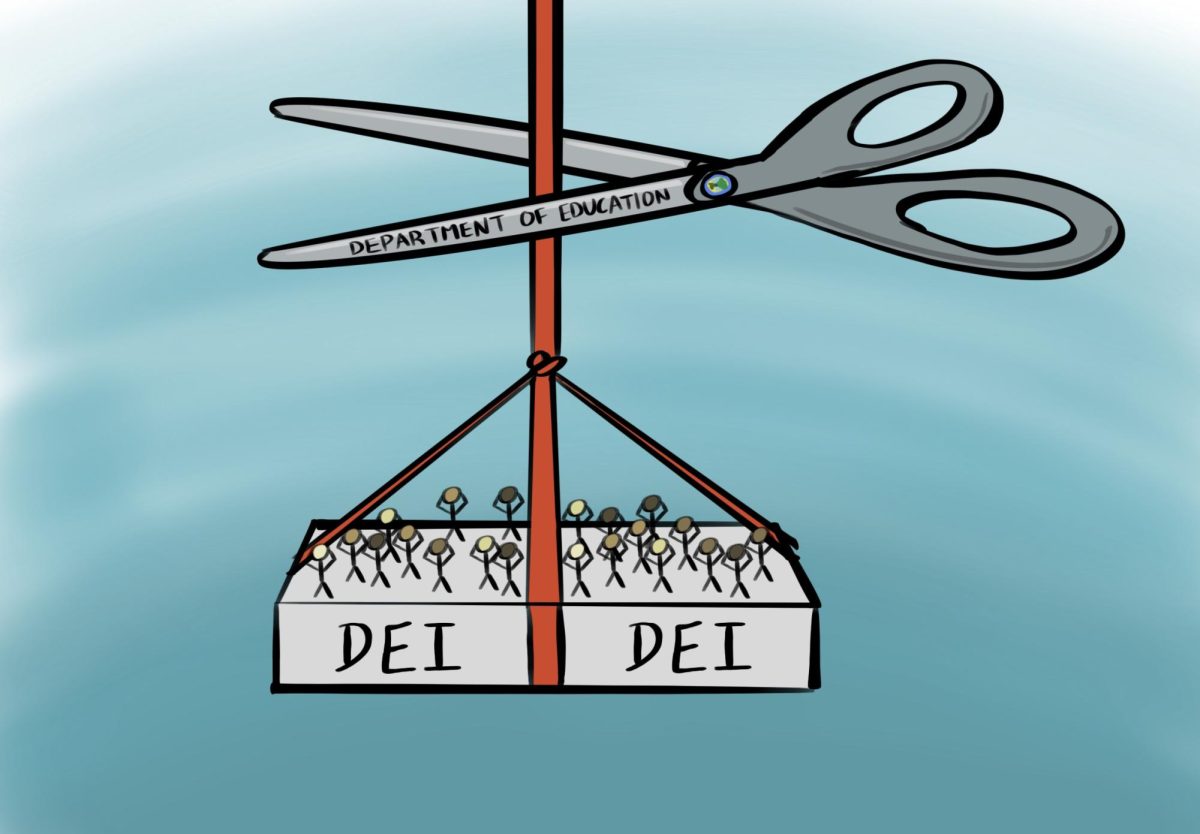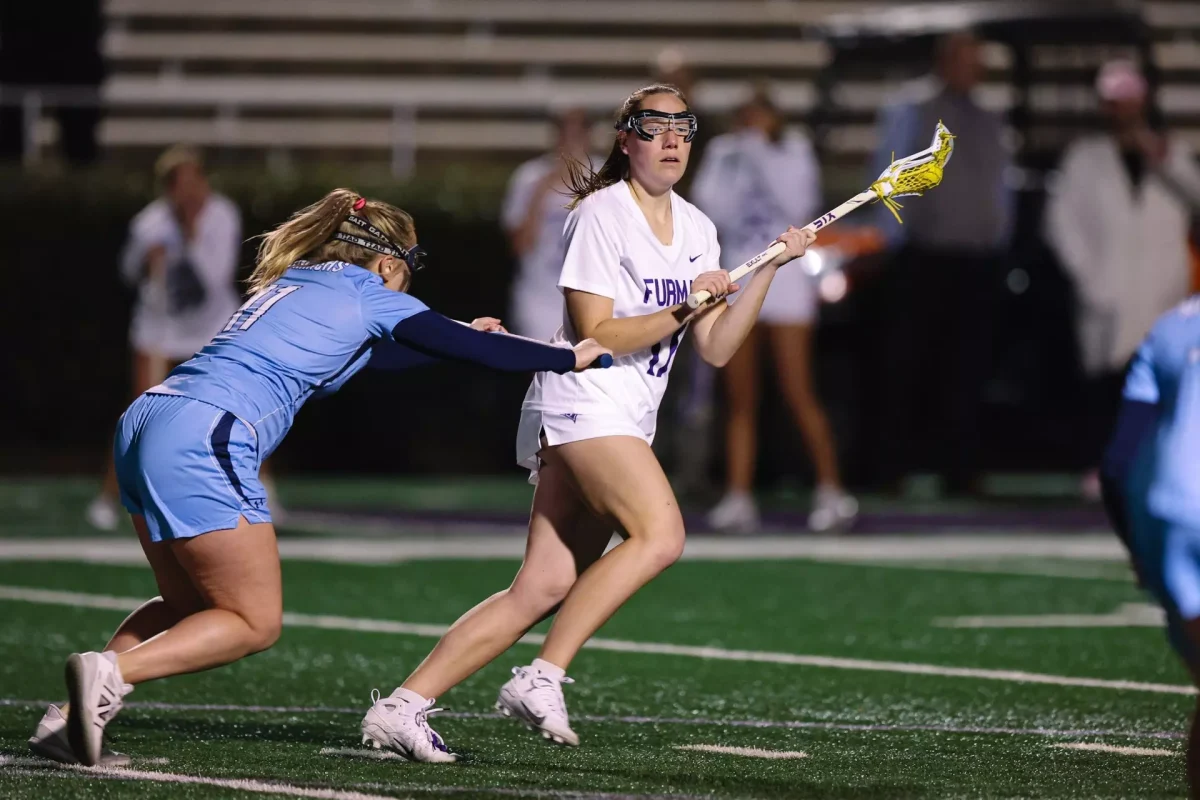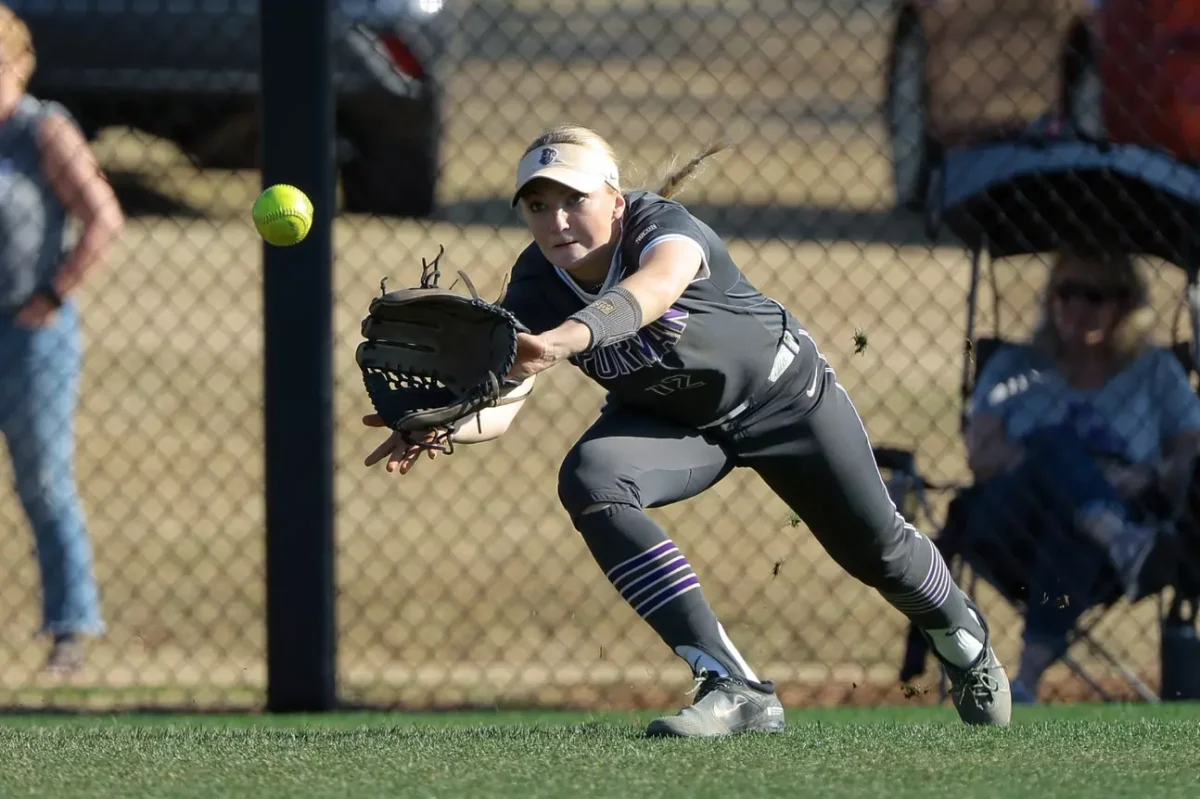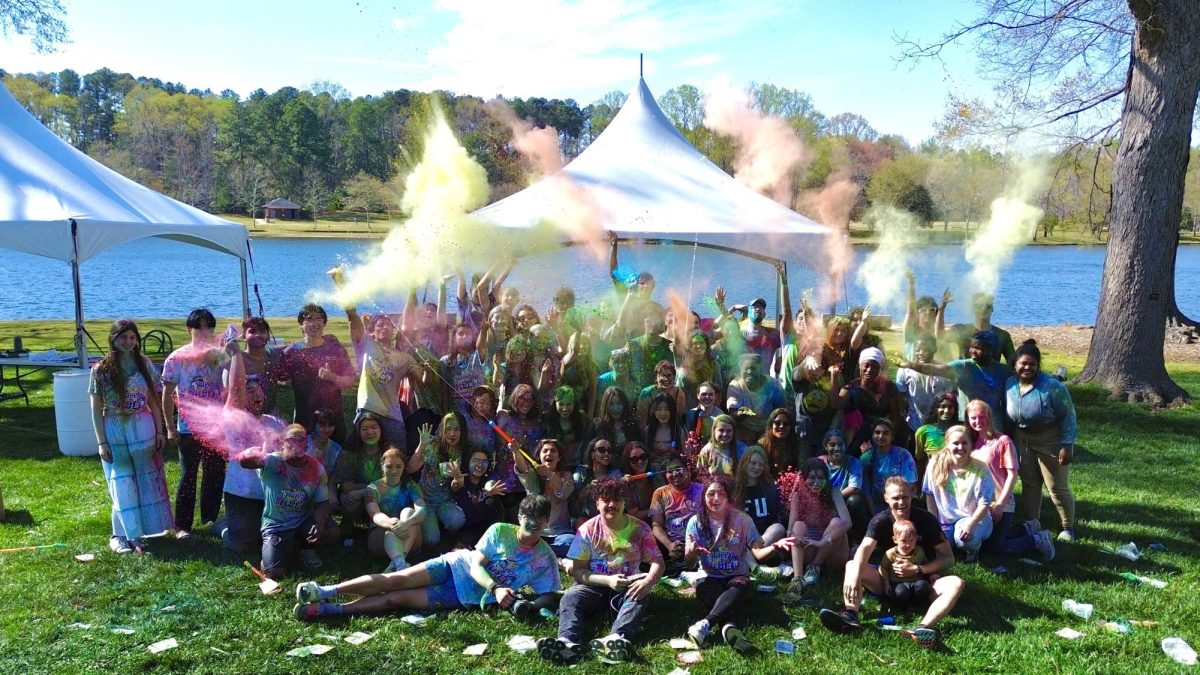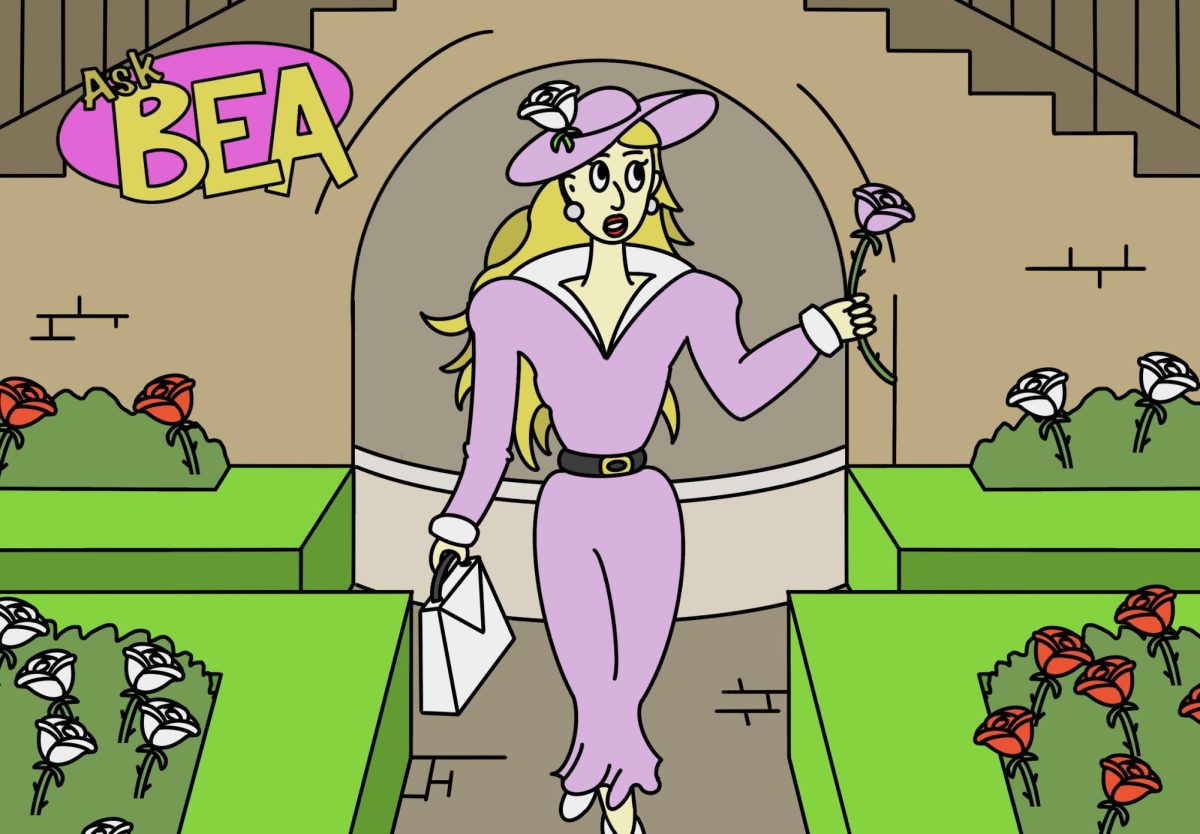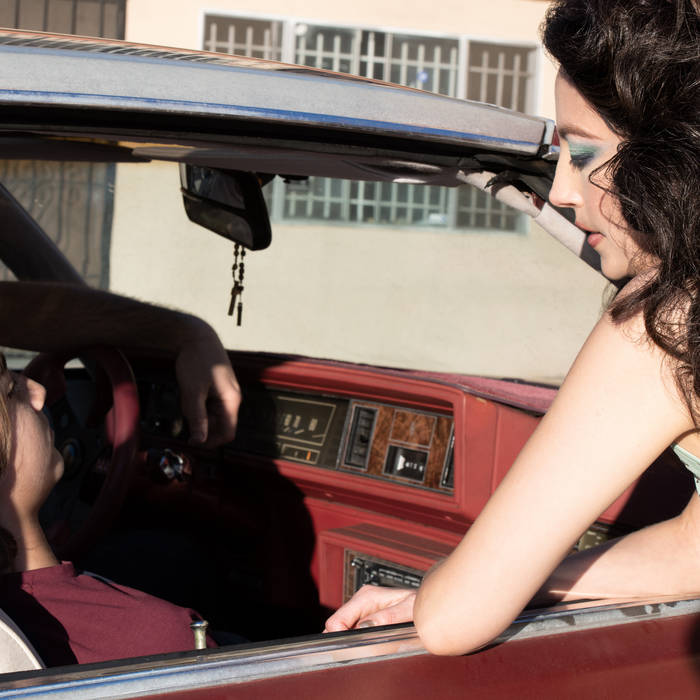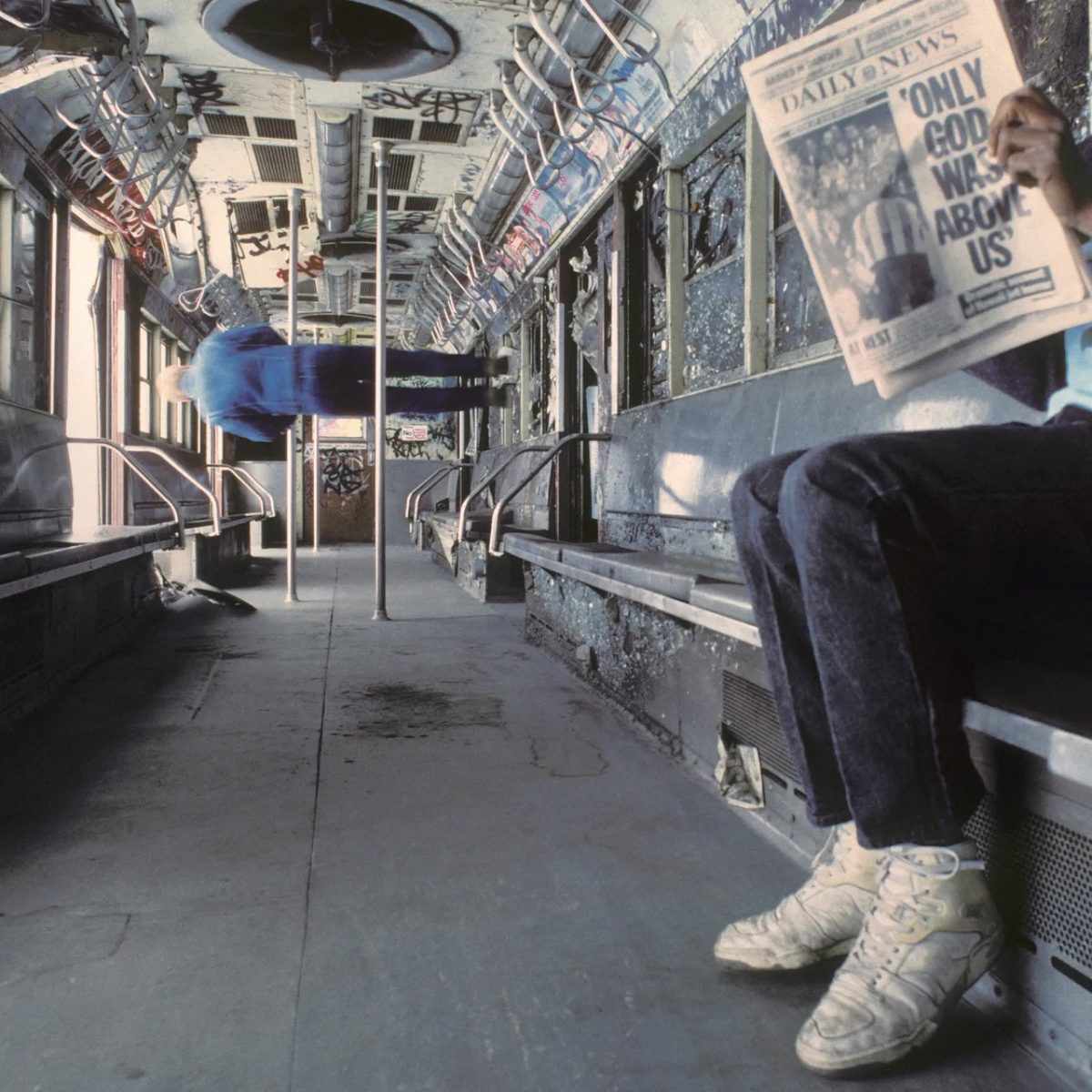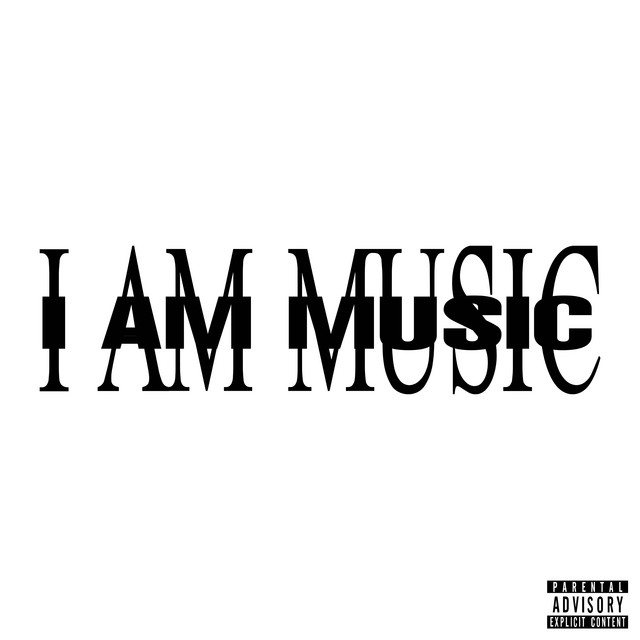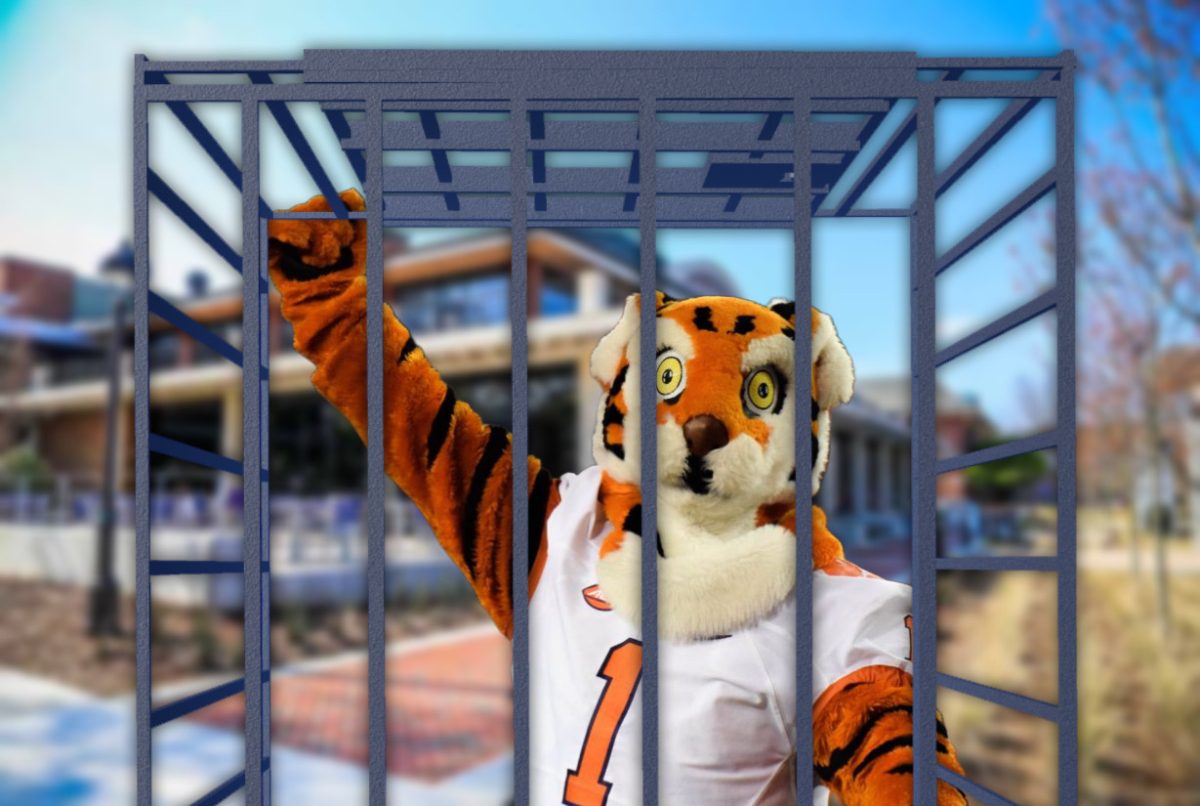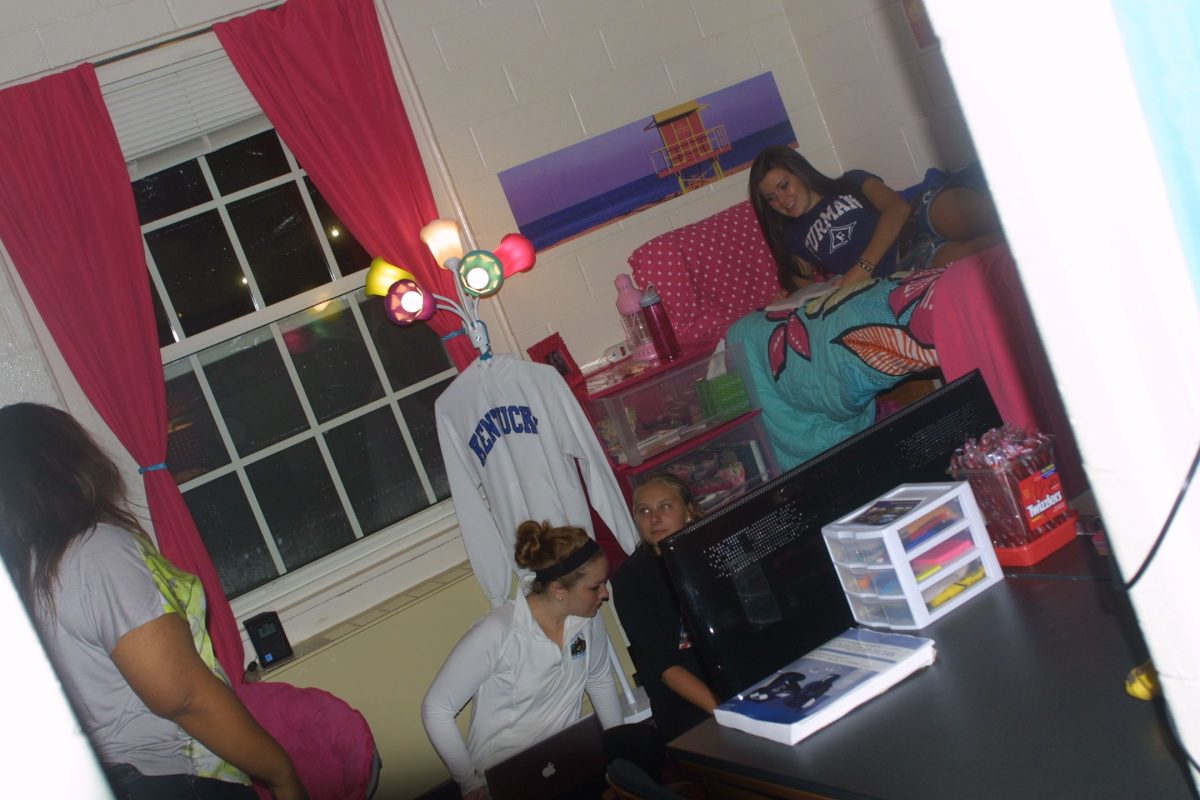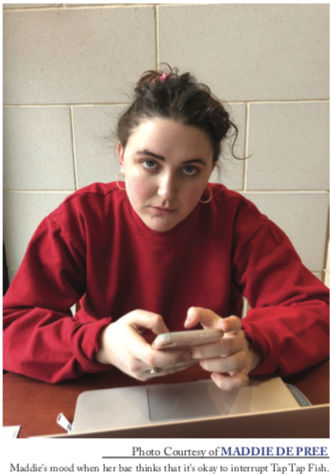By Scott Harvey, Columnist
If, like me, you were a nerdy kid who grew up in the mid 2000s, you probably read your fair share of YA fiction. And if you read your fair share of YA fiction during that time period, chances are you, one way or another, came across Jay Asher’s 2007 novel “13 Reasons Why.” Asher’s book was a huge hit, both popularly and critically, and for good reason. Its premise was original and its execution was sensitive and wise about a troubling topic. It’s a wonder that it’s taken 10 years for some sort of adaptation to hit screens everywhere.
But now that adaptation has arrived in the form of a binge-able, 13 episode Netflix series. I say binge-able because this is one of those shows that sinks its hooks into you from the very beginning and never lets go. Much of this is owed to the fresh and original setup provided by Asher’s novel. “13 Reasons” is centered on Hannah Baker (Katherine Langford), a seemingly ordinary high school student, who suddenly and shockingly commits suicide, leaving her community reeling. That community includes Clay Jensen (Dylan Minnette from “Don’t Breathe”), who was friends with Hannah and harbored a secret crush on her for a long period of time.
But Clay and many others are soon in for a shock. As the story begins, Clay receives a package containing a series of tapes. On the tapes, Clay is stunned to discover, is Hannah’s voice. And what Hannah’s voice reveals is that the tapes are her suicide note of sorts, and that the people who have received the tapes each represent one of the reasons why Hannah killed herself, reasons she will explain over each one of the tapes. Gripping stuff, huh?
The story flashes between the past, as we see the events which led Hannah to make each tape, and the present, where Clay grapples with his own grief and frustration, all while some of the others on the tapes plot to do whatever it takes to make sure no one finds out about them. The setup may seem a tad gimmicky, but it’s a great gimmick, and executed to suspenseful perfection.
But “13 Reasons Why” isn’t just a compelling mystery. It’s much more than that. Each of Hannah’s tapes raise crucial issues facing both teenagers and adults today. Sexual assault. Alcoholism. Homosexuality. Bullying. They’re all examined in provocative, relevant ways and their treatment makes the show required viewing not just for teens, but for their parents too.
And that’s “13 Reasons Why”’s greatest contribution. That is, of course, to take nothing away from the supremely talented cast of mostly new faces. Langford is practically transcendent as Hannah. Her presence pervades every scene and her voice burrows its way into your head until you, like Clay, can’t get it out. Familiar faces offer sterling contributions as well, especially Kate Walsh and Brian D’Arcy James as Hannah’s grieving parents.
The show’s writing is superlative as well. The teenage characters are all three-dimensional human beings. They aren’t just John Hughes-esque caricatures and, as a result, the journey is a tremendously emotional one. The characters are so vividly realized that you feel all of the highs and lows along with them as, with each tape, the inevitable end grows closer. I can barely remember a film or show which captures the crushing weight of grief and loss so evocatively.
But what really makes “13 Reasons Why” so vital is its authenticity. It refuses to pigeonhole teenagers or their problems as somehow less important or less real. In fact, the realization that, by doing just that, they may have indirectly contributed to Hannah’s fate weighs heavily on all of the adult characters in “13 Reasons Why.” “13 Reasons Why” isn’t so much sad as it is angry. It’s a call to action and one that desperately needs to be answered. Following “Bojack Horseman,” and its brilliant dissection of mental illness, Netflix proves again, with “13 Reasons Why,” that it is producing some of the most memorable and important television of our generation. Don’t let this one pass you by.
Grade: A

